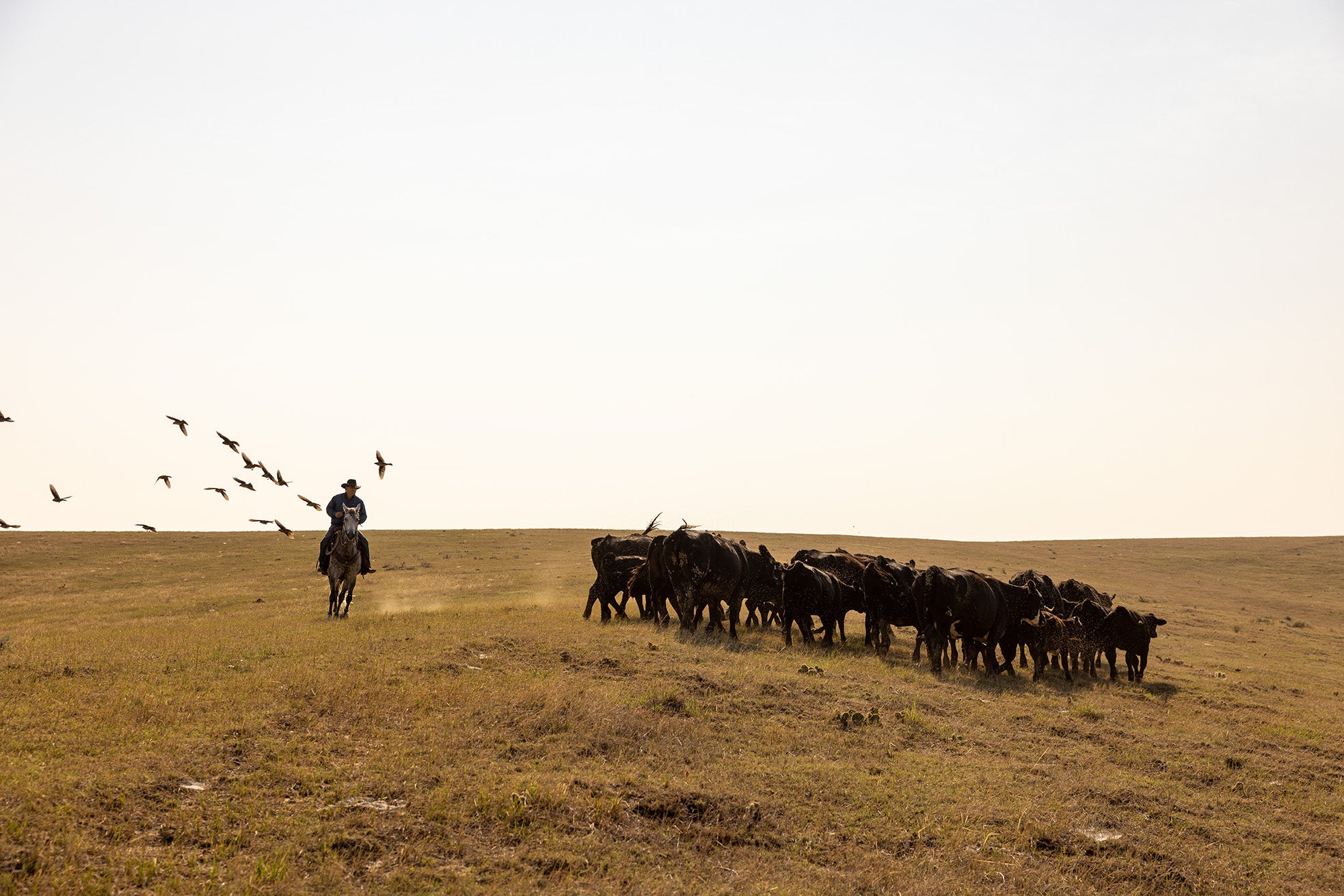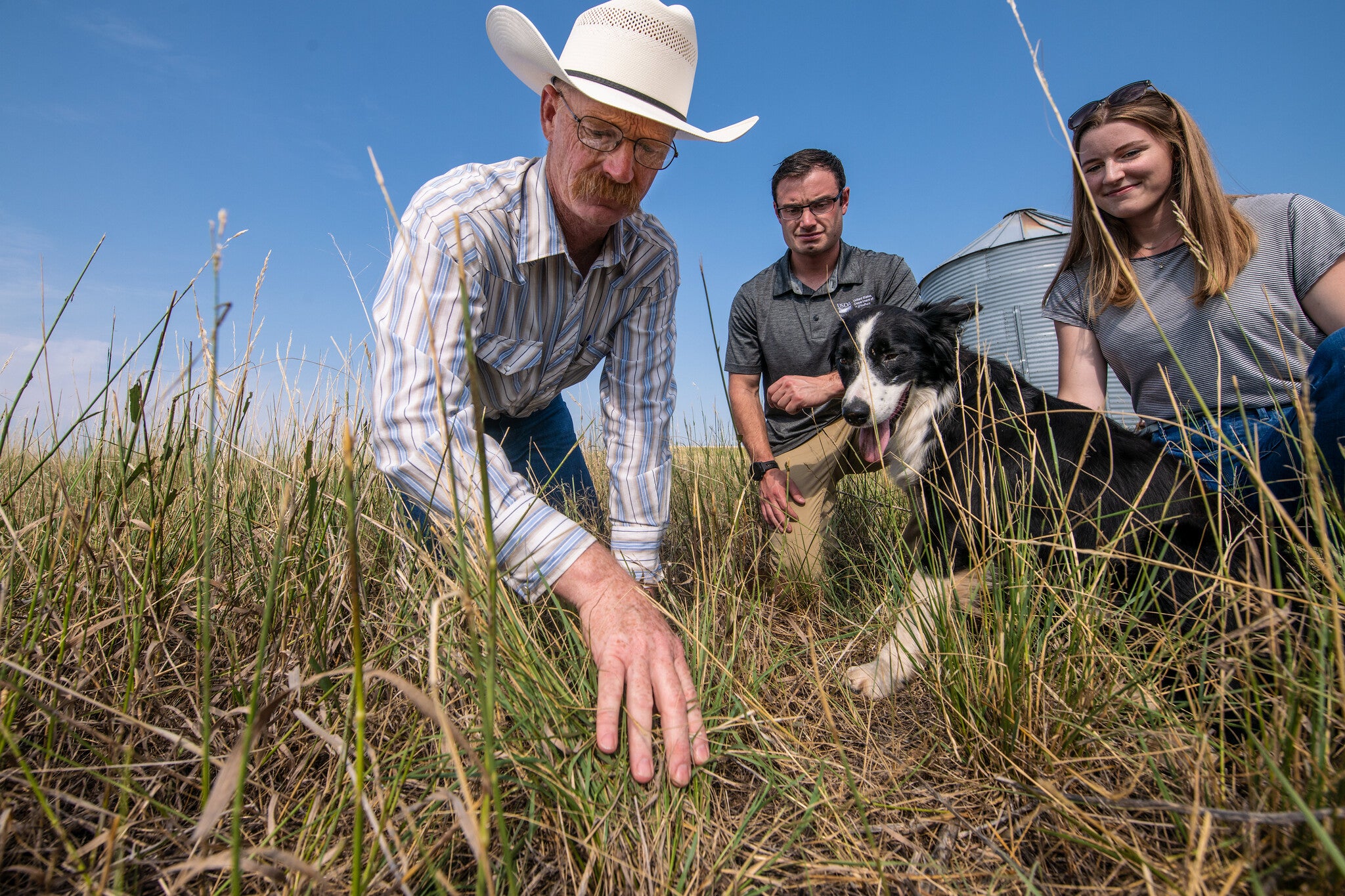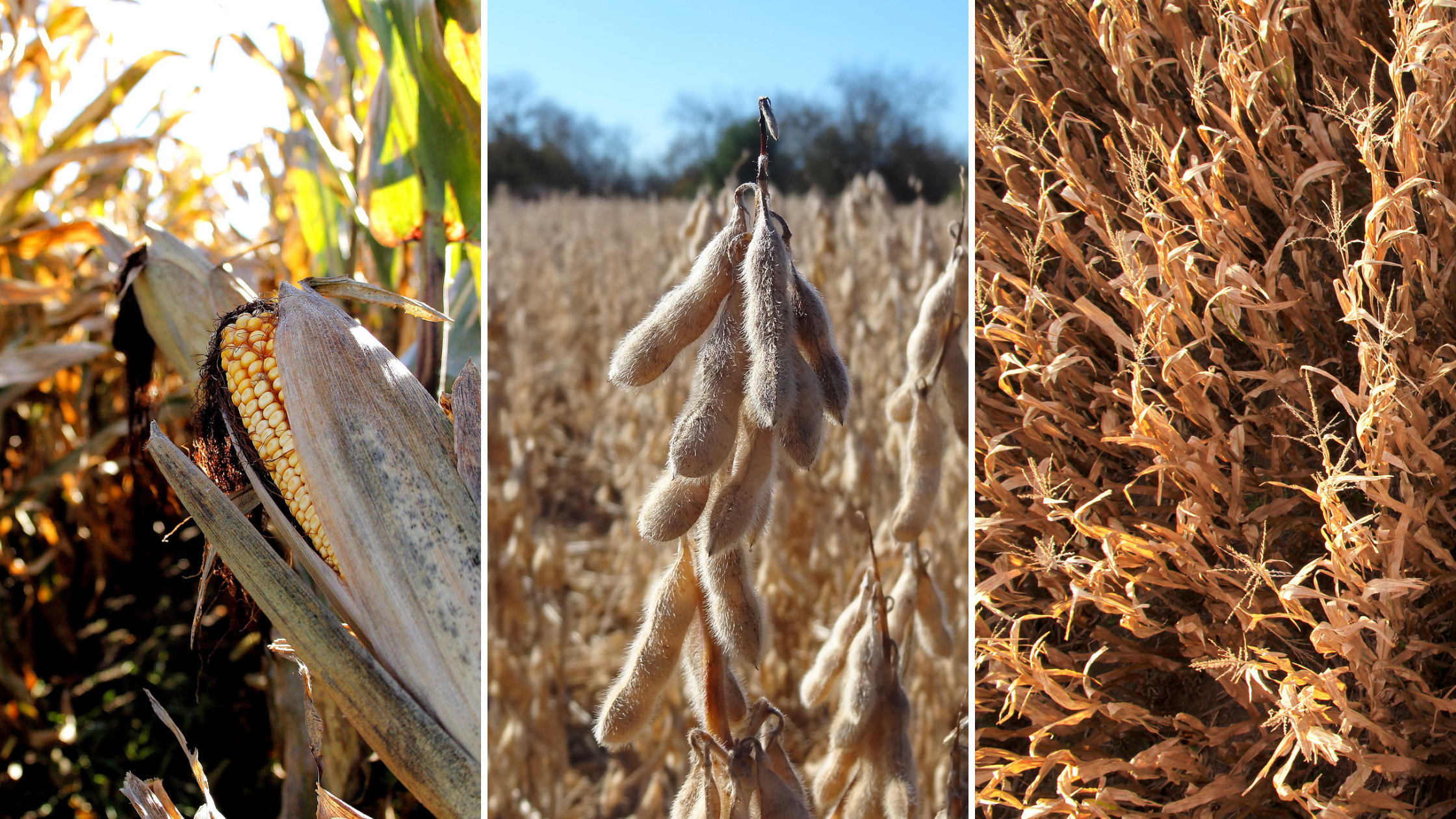
The farm bill is a powerful opportunity for agricultural climate solutions
U.S. farmers, ranchers and foresters will need additional tools and resources to protect their land, keep growing food on a changing planet and contribute to national efforts to reduce greenhouse gas emissions. That’s where the farm bill comes in.
The farm bill is a critical piece of legislation that comes up every five years. It authorizes programs that provide producers with a safety net in tough times and supports them in adopting climate-friendly production practices.
As Congress begins writing the next farm bill, new recommendations from the Food and Agriculture Climate Alliance provide some of the most significant alignment on climate and agriculture policy priorities to date.

The alliance’s recommendations aim to improve the ability of the U.S. agriculture and forestry sectors to mitigate climate and help limit temperature increases. And because warming is already here and making farming riskier, the recommendations also aim to improve resilience to a changing climate, thereby protecting food systems and rural economies that are already vulnerable. All recommendations advance approaches that are voluntary, incentive-based, science-based and equitable.
Here are four highlights for Congress.
Invest in research, innovation and measurement
The recommendations ask that the farm bill require the U.S. Department of Agriculture’s Natural Resources Conservation Service to conduct a science-based, comprehensive review of its existing conservation practice standards to evaluate their efficacy for climate mitigation and resilience. This is a necessary precursor to gaining more clarity about the climate impact of farm bill conservation programs.
The alliance also asks that these conservation practice standards, which are the foundation for determining which practices are eligible for USDA support, be updated when new, science-backed climate solutions are available.
Remove barriers and increase user-friendliness
The alliance recommends that 1% of total farm bill conservation program funding be set aside for a new technical assistance initiative providing on-the-ground guidance to producers specifically focused on climate resilience and greenhouse gas emissions. Technical assistance is essential for training producers about new practices and removing knowledge barriers to practice changes.
The recommendations also back more support for conservation practice adoption on rented farmland, with a particular focus on rented tribal land and conservation practices that have long-term importance for soil health. In addition, the recommendations advocate for increased support for non-biogas manure management solutions to help a wider variety of livestock operation sizes and types reduce methane emissions.
Prioritize equity for underserved producers
The recommendations call for USDA to streamline the application process for historically underserved producers to apply to conservation programs, which are often easier to access for producers with large operations growing commodity crops.
Additionally, the farm bill must recognize that cooperatives help close a critical resource gap for underserved producers, including Black farmers, beginning farmers and farmers with limited financial resources. Recognizing and funding cooperatives will be a key part of making farm bill conservation programs more equitable.
Protect Inflation Reduction Act funding
The Inflation Reduction Act provided nearly $20 billion for voluntary conservation programs like the Environmental Quality Incentives Program and Conservation Stewardship Program that can reduce emissions and increase resilience. Currently, these and other USDA conservation programs are over subscribed and underfunded, and as many as two-thirds of applications are rejected due to funding constraints.
The alliance supports protecting this increased funding from being reallocated to other parts of the 2023 farm bill. This investment, combined with the alliance’s other recommendations, will enable more producers to advance the conservation and climate solutions that are so urgently needed.
This moment has enormous potential for agricultural producers and environmentalists to work together on incentive-based solutions that are durable, equitable and grounded in science. The alliance’s farm bill recommendations can help stabilize the climate, while ensuring that farmers and rural economies thrive in the face of a changing climate. Congress must pass a farm bill with a robust conservation title that prioritizes climate solutions and gives farmers, ranchers and forest operators concrete pathways to be part of the solution.
Read the full recommendations at agclimatealliance.com.












